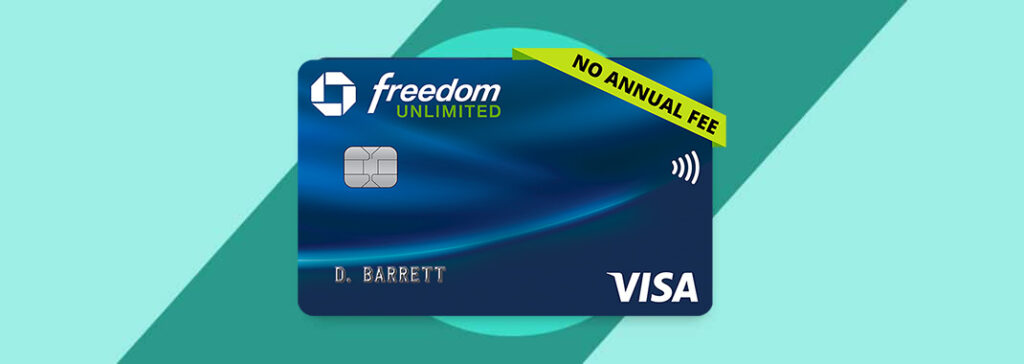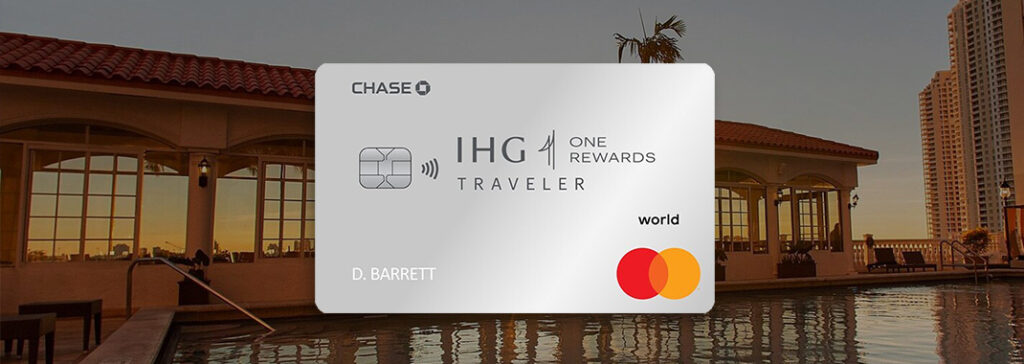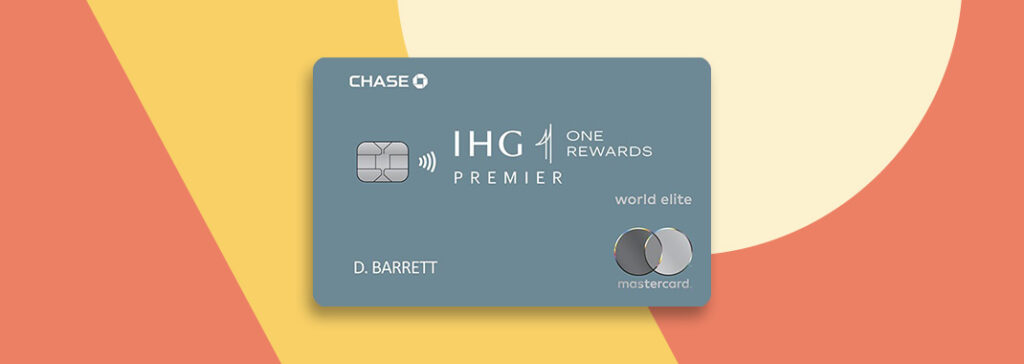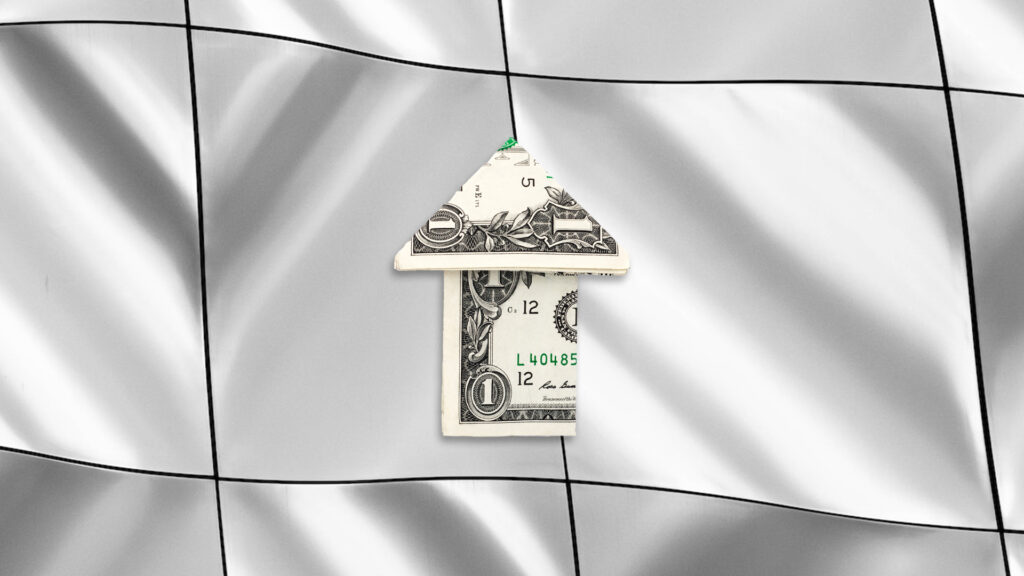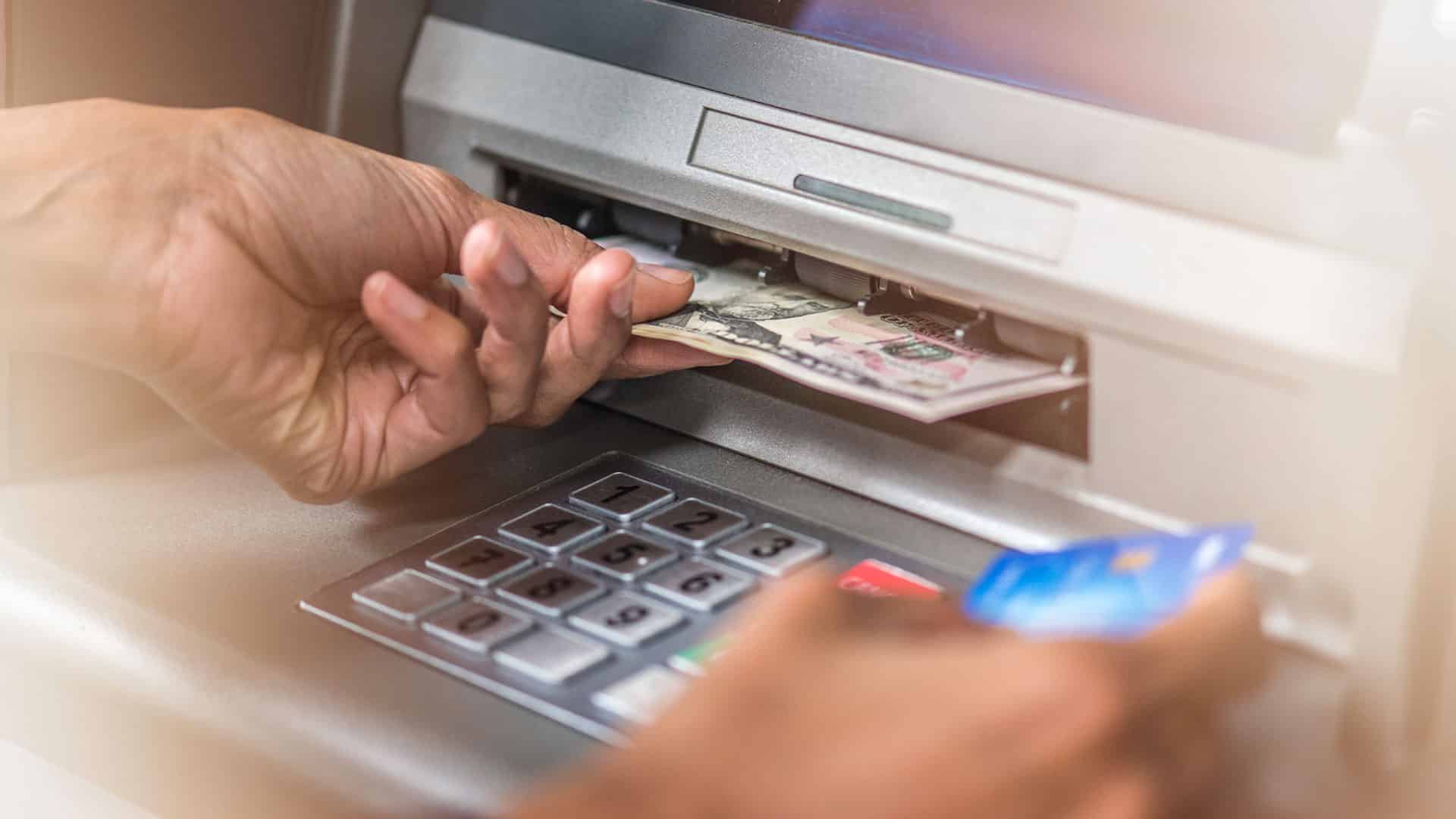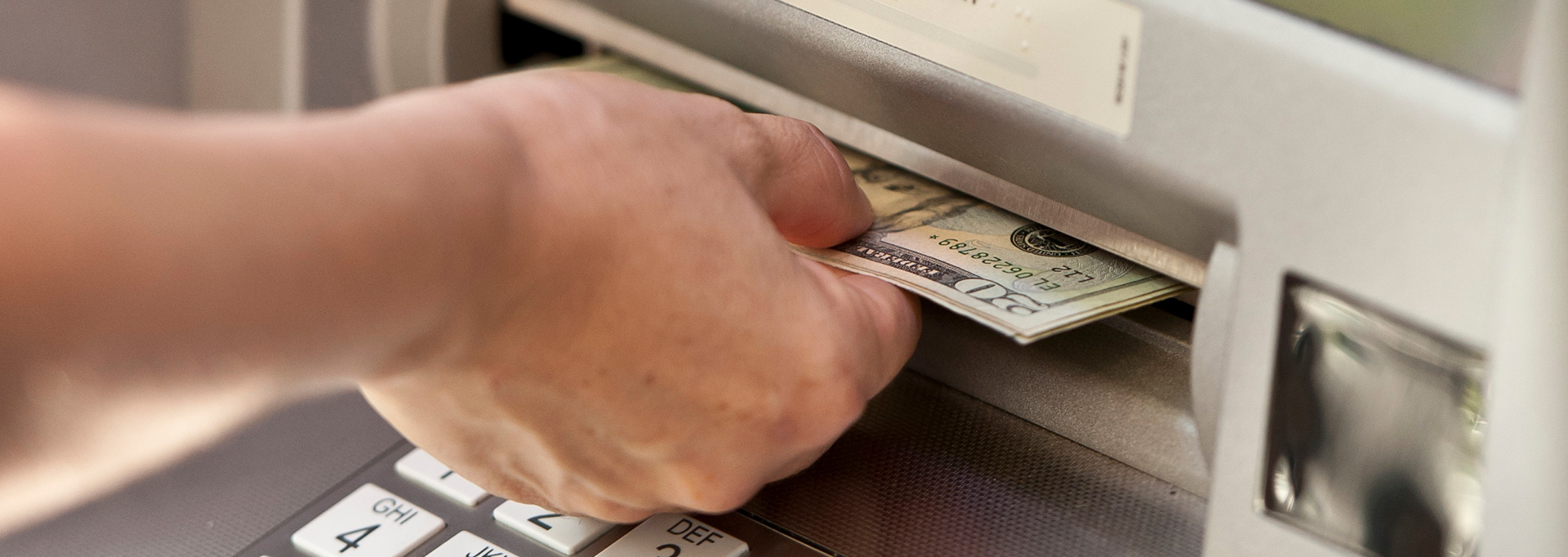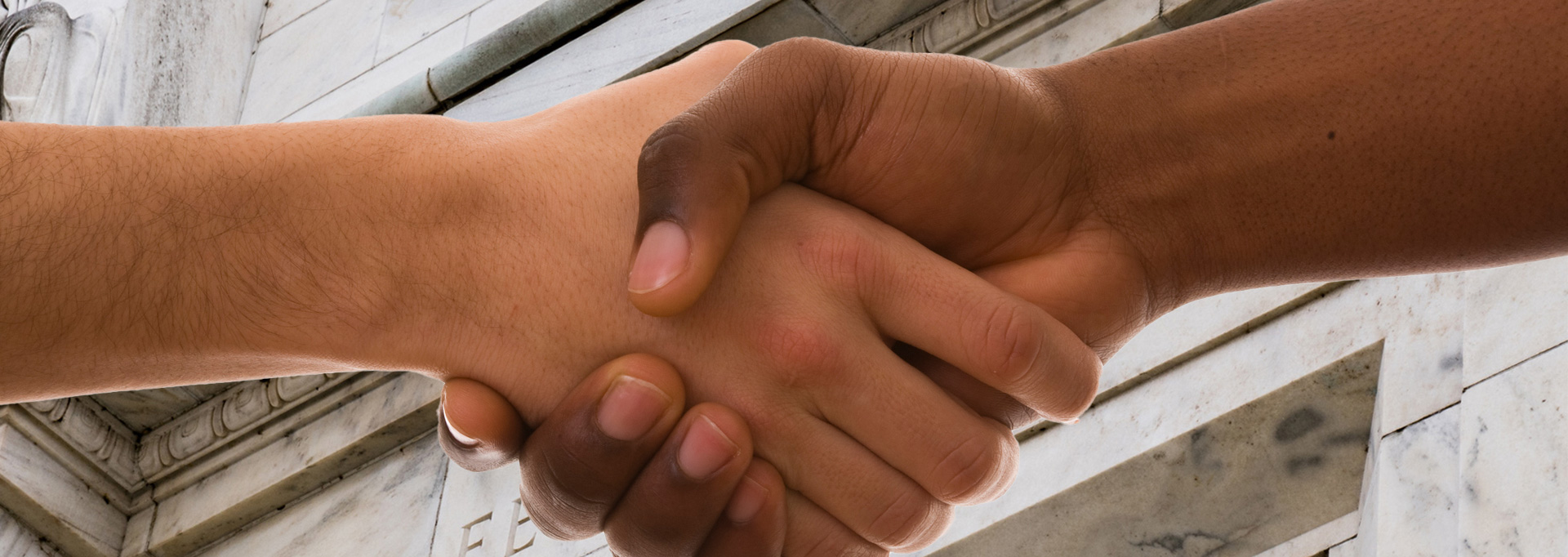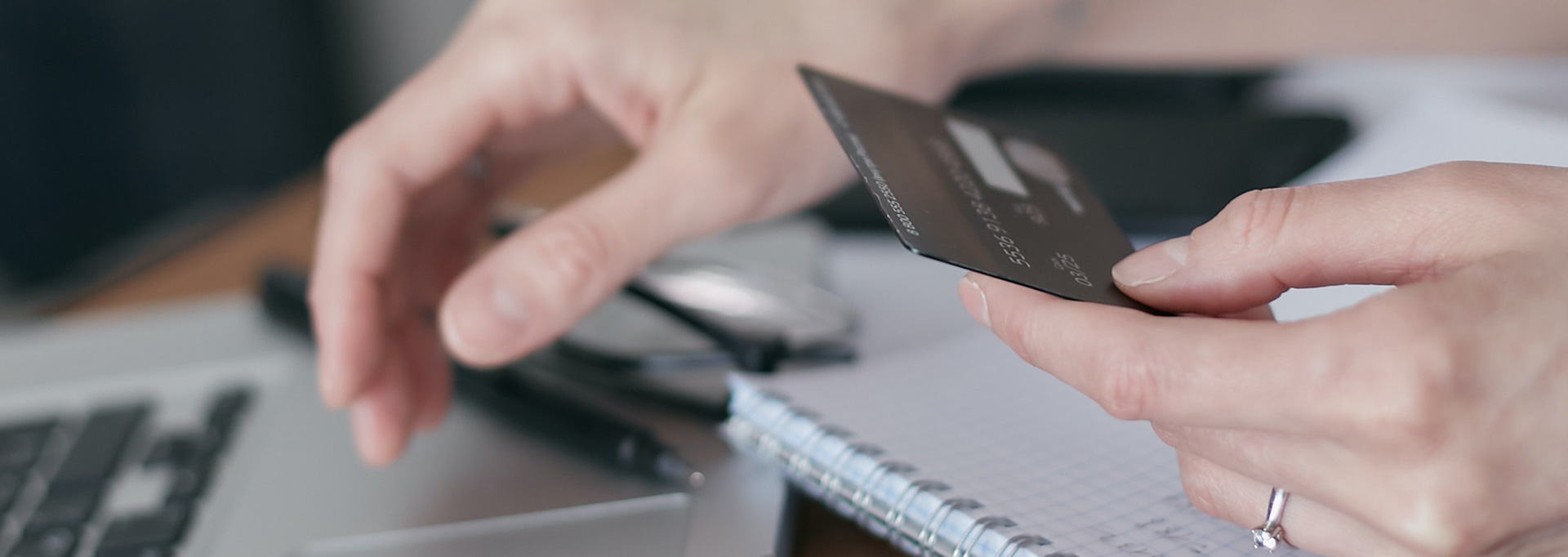Most products on this page are from partners who may compensate us. This may influence which products we write about and where and how they appear on the page. However, opinions expressed here are the author's alone, not those of any bank, credit card issuer, airline or hotel chain.
Life happens to us all, and sometimes, a paycheck just doesn’t stretch far enough. In a pinch, sometimes, all you need is a bridge until your next check hits your bank—and that’s where overdraft protection comes in. Some banks offer overdraft protection, which can safeguard your account when you accidentally spend more than you have. If you’ve ever been hit with overdraft fees, you’re not alone. Despite a decrease in overdraft charges in recent years, the Consumer Financial Protection Bureau reported a massive $7.7 billion in overdraft and non-sufficient fee charges in 2022.
Here’s what you need to know about overdraft fees, what overdraft protection is and whether it's worth paying extra to have.
What Is an Overdraft Fee?
An overdraft fee is a fee some banks charge if you withdraw more from your account than you have available. The bank charges the overdraft fee and covers the amount you’re short to complete the transaction. But then you have to pay the bank both the overdraft and however much the bank covered for you.
Overdraft fees can quickly accumulate because they're charged individually for every transaction that overdraws from your account. For instance, if you have five separate transactions and your account is in the red, the bank can choose to honor these charges. If they charge a fee of $12 per transaction, you'll be out of pocket by at least $60—plus the total amount of the honored charges. The fee might even be bigger than the actual debits.
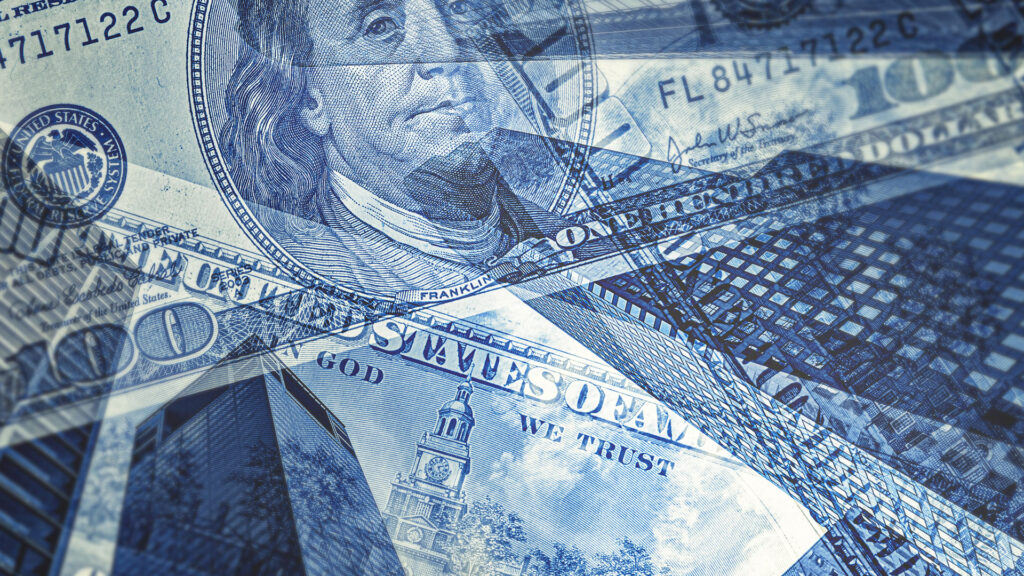 Related Article
Related Article
Best High-Yield Savings Accounts (March 2025)
What Is Overdraft Protection and How Does It Work?
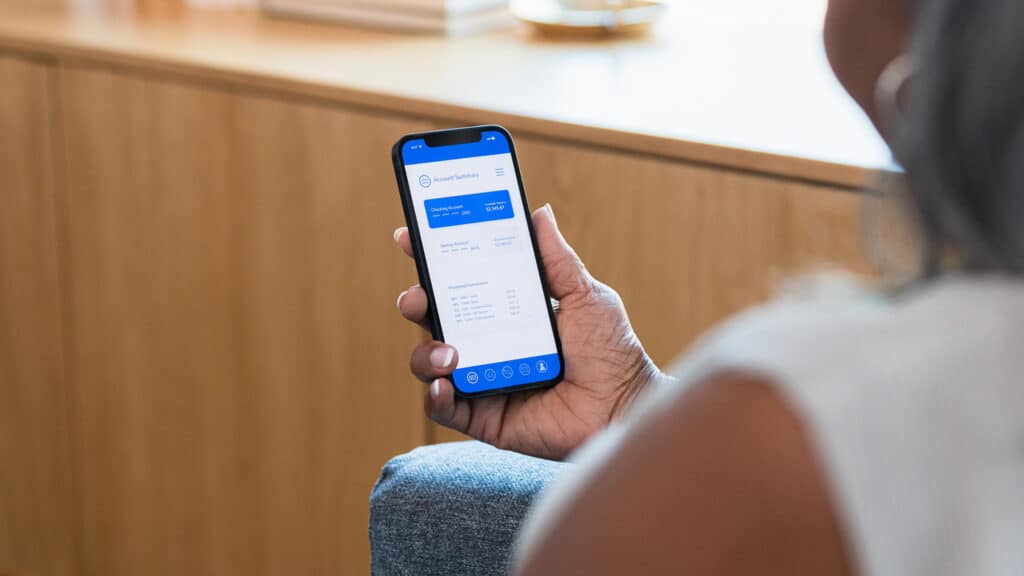
Overdraft protection is a service some banks offer to allow customers to go into an authorized excess without charging an overdraft fee. That means if you withdraw more than what’s in your account (usually up to a specific amount), the bank won’t charge you a fee for it.
Overdraft protection essentially links a secondary account to the main account so transactions that have insufficient funds are honored instead of being returned or declined. The funds are recouped from the linked account whether it's a credit card or savings account.
Quick Tip
Some banks charge a fee for overdraft protection, while others offer fee-free overdraft protection. In recent years, a few large banks have even completely eliminated overdraft fees.
Types of Overdraft Protection

Each bank may have a different type of overdraft protection based on the account, and customers can choose the type of coverage when opting in.
Some examples of overdraft protection services include:
- Opt-in standard overdraft coverage: Banks pay for select transactions while still charging you a fee.
- Linked bank account: Customers may be able to link their bank account, usually a savings account, to their checking account so funds can be transferred to cover the insufficient amount.
- Linked credit card: Customers can link a credit card as the backup account for overdrafts. (Keep in mind you may end up paying a lot in credit card interest this way.)
- Overdraft credit line: In this scenario, customers pay interest on the amount they overdraw from their line of credit.

Guide To Creating an Emergency Fund
Pros and Cons of Overdraft Protection
Pros
- Smoother spending
- No overdraft fees
- Peace of mind
Cons
- Temptation to spend
- May have to pay other fees
- No guarantee of transaction approval
Pros of Overdraft Protection
Overdraft protection has many advantages:
- Smoother checkouts: It saves accountholders the anxiety of card declines when their account runs dry.
- Avoid overdraft fees: Overdraft fees are expensive and can quickly pile up.
- Peace of mind: If you need cash during an emergency, the wiggle room of overdraft protection can ease your mind.
Cons of Overdraft Protection
Some of the disadvantages of overdraft protection services include:
- Temptation: The temptation to overspend because the transaction will be honored can be risky.
- You still pay fees if you don't overdraw: Even though the cost of overdraft protection is less than penalty costs, there are still fees. There’s often a fee to have the service.
- No guarantee of transaction approval: Banks reserve the right to dishonor transactions, especially when the excesses are more than the agreed amount, which can lead to a penalty charge.
Explore the Best Free Checking Accounts
Visit the Marketplace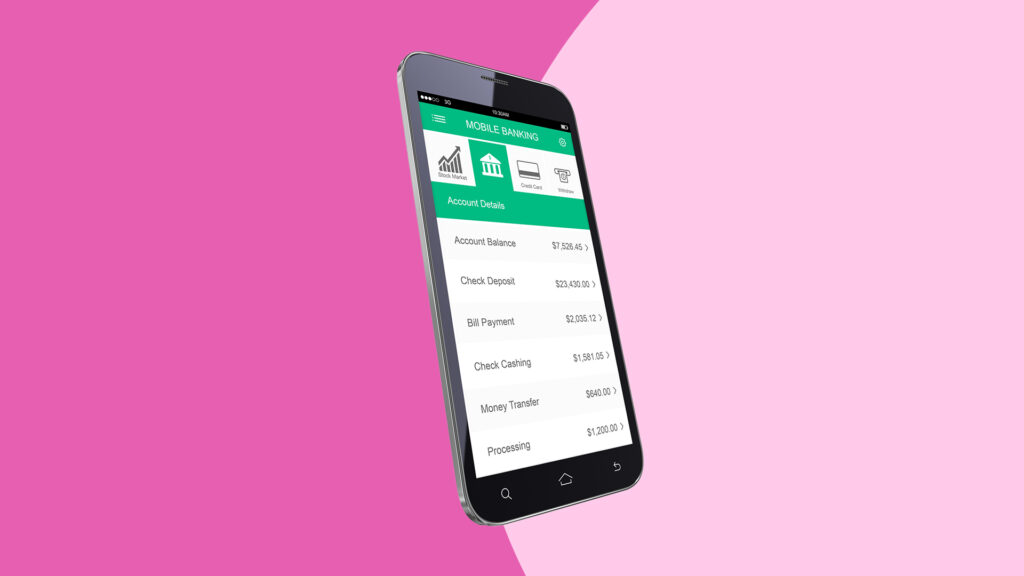
Ways to Avoid Overdraft Fees
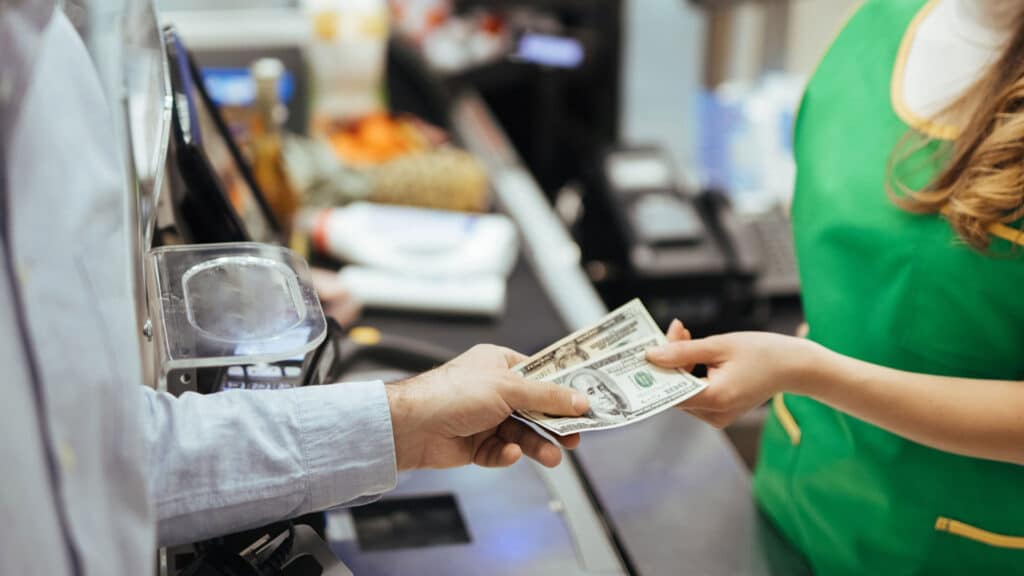
Beyond opting into your bank's overdraft protection plan, try these strategies to avoid racking up fees:
- Keep an eye on cash flow: Watch your account and try to stay in the black throughout the month. A simple budget goes a long way, especially if you keep track of bill payments (amounts and dates).
- Link a savings account for backup: Fund a savings account and when your account creeps toward zero, transfer what you need to get you through until your next paycheck.
- Use autopay strategically: Schedule autopay dates close to when you get paycheck to avoid the account running dry. It’s a little easier to manage with scheduled paychecks. If your income fluctuates, manual payments can help until you have a better grasp of your cash flow.
- Set up a low balance alert: Some banking apps can send notifications if your account dips below a certain amount that you set. This way you’ll know if you’re close to overdrawing your account.
- Pay with cash: If you have a tendency to overcharge your checking account, leave the debit card at home and withdraw a set cash budget for your next night out or shopping trip. This way, you won’t overdraw your account.
- Talk to your bank: If you’ve been hit with a bunch of overdraft fees, go to your local bank branch and see if they are willing to remove any of the charges or reduce them. Some banks will do this, especially if it’s a rare occasion for you.
 Related Article
Related Article
Here Are the Top 10 Safest U.S. Banks in 2025
Is Overdraft Protection Worth It?

Overdraft protection is worth it for those who need that extra wiggle room with their account balance or just want the peace of mind that comes with the coverage. Overdraft protection can help to ensure transactions and bill payments go through while also minimizing excessive fees from overdrafts.
If the protection tempts you to overspend, however, overdraft protection might not be worthwhile for you. Or, if you don’t tend to dip below your available balance, you might not need the protection.
Overdraft Protection FAQs
-
It depends, but many banks charge a fee for overdraft protection. Check the pricing and options with your bank to determine the cost, and whether it's already included in your monthly account fee.
-
Overdrawing a checking account means spending more money than what is available in your account and the bank has to cover the amount for you. This can lead to high fees and penalty interest.
-
Every bank has different rules on the overdraft limit. Check with your bank on how many times your account can be overdrawn and what fees are charged each time.
If an account has been overdrawn excessively or if the account's balance remains in the negative for a long period of time, banks may choose to revoke overdraft coverage or close an account.
-
Once the feature is in place, it can be used immediately. One way to know whether the protection is in place, is to check whether your available balance is higher than your actual account balance. For instance, if you have an account balance of $5,000 and you have an overdraft protection of $500, your available balance should be $5,500.
-
There are a number of banks that do offer overdraft protections at no cost or do not charge overdraft fees. Check out some of the best free checking accounts for some options.
